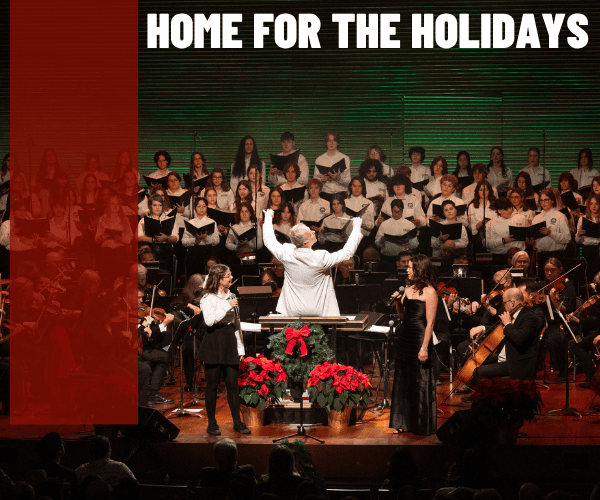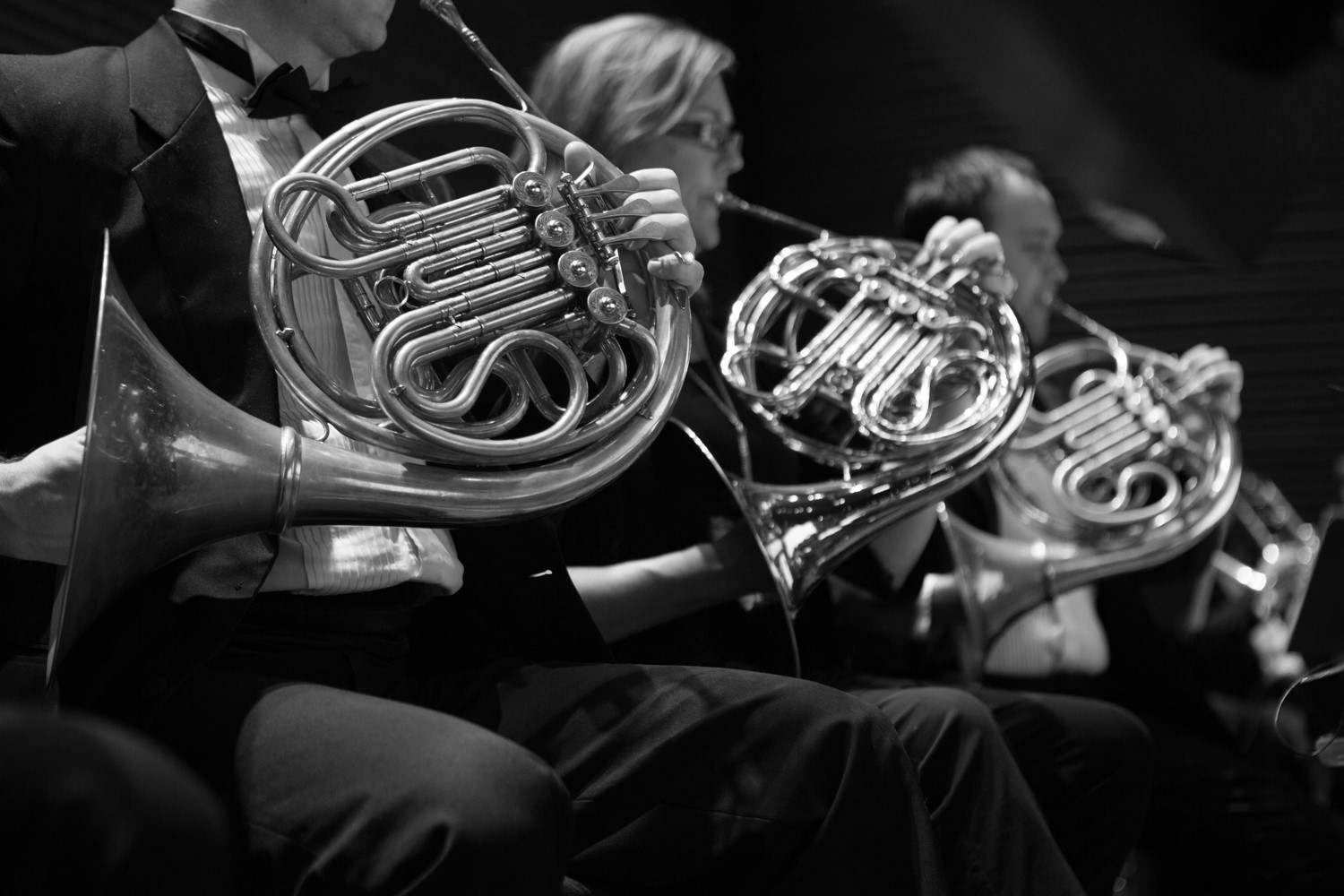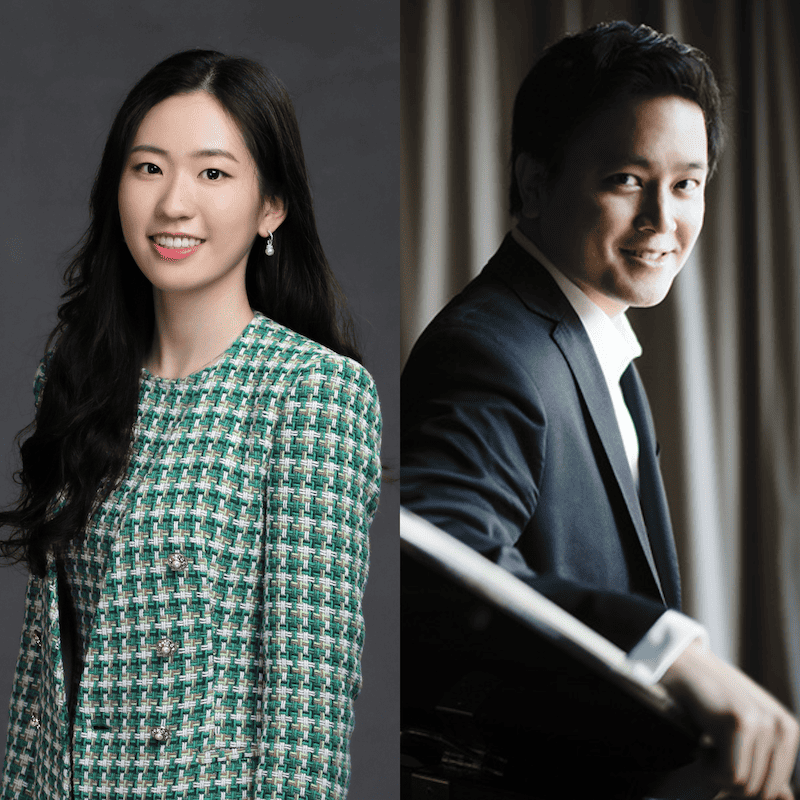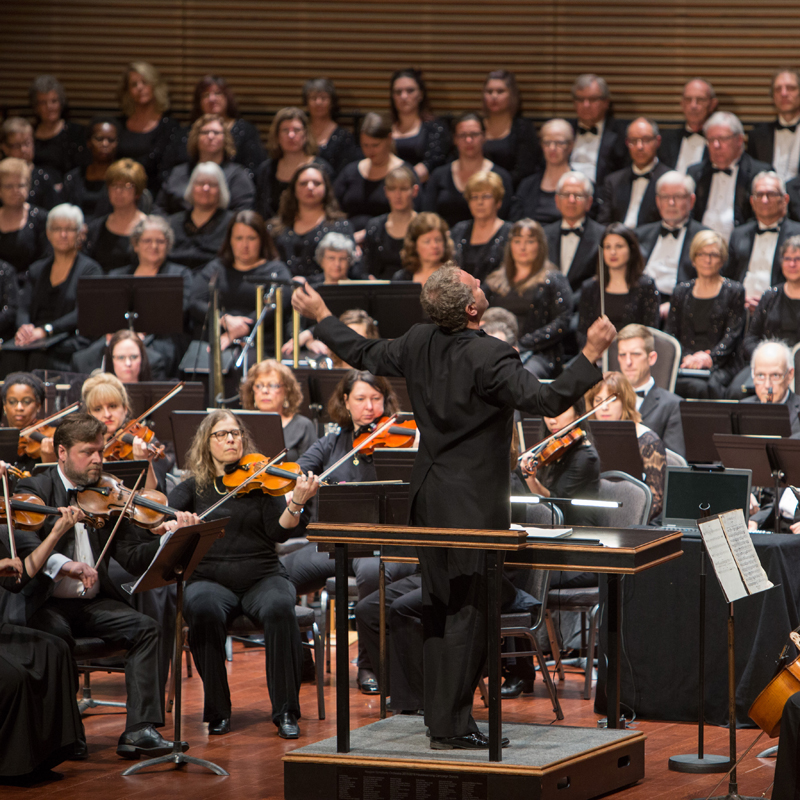
Earthbeat + Brahms
Partridge Hall 250 St Paul St, St. Catharines, Ontario, CanadaErhuist Snow Bai brings her expressive and dynamic performance to the NSO stage with an instrument that is rarely seen. Ho’s Earthbeat is inspired by the traditions of Canada’s First Nations community, bringing one closer to the Earth’s “heartbeat.” Jiang’s River Memory is a work inspired by the Niagara Falls, contemplating on the transformation of human identity as part of the immigration and diaspora experience. Beloved composer Lau’s Between the Earth and Forever, is a poetic evocation of the space between our home and the universe, the familiar and the unknown, the earthly and the transcendent, the preciousness of nature and the abyss of environmental disaster. Brahms’ Symphony No. 4 is the last of his symphonies and possibly his finest and most moving.





